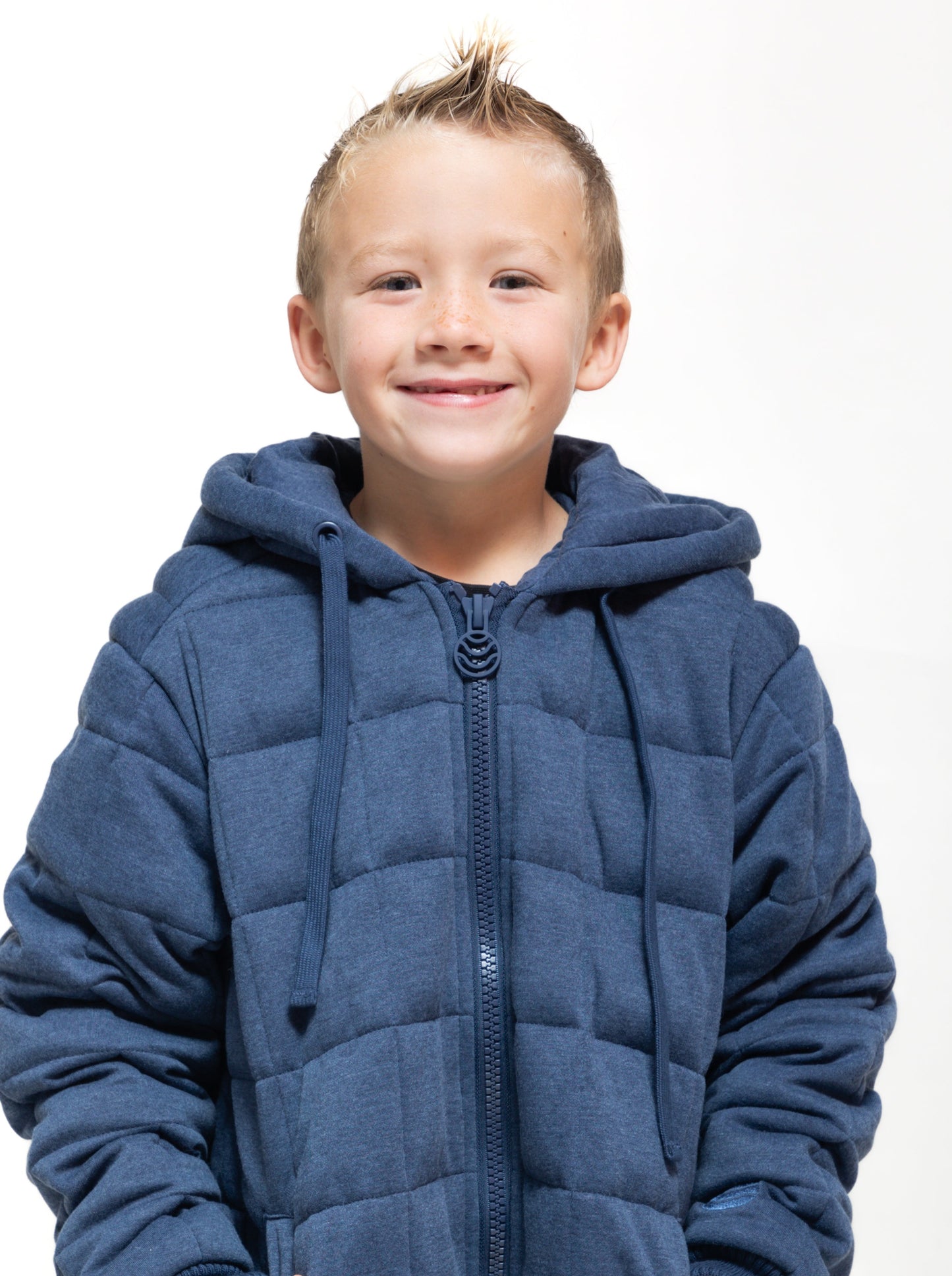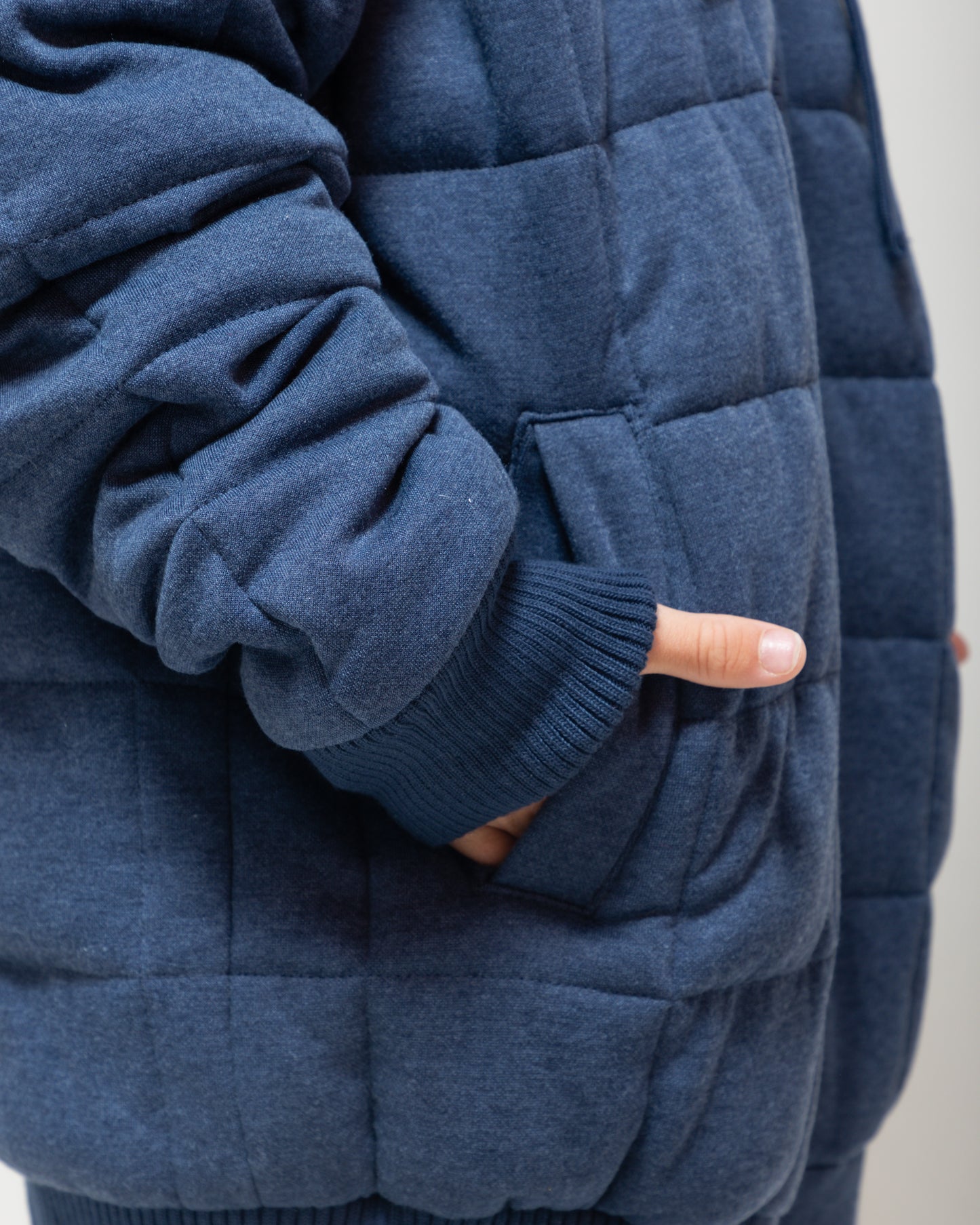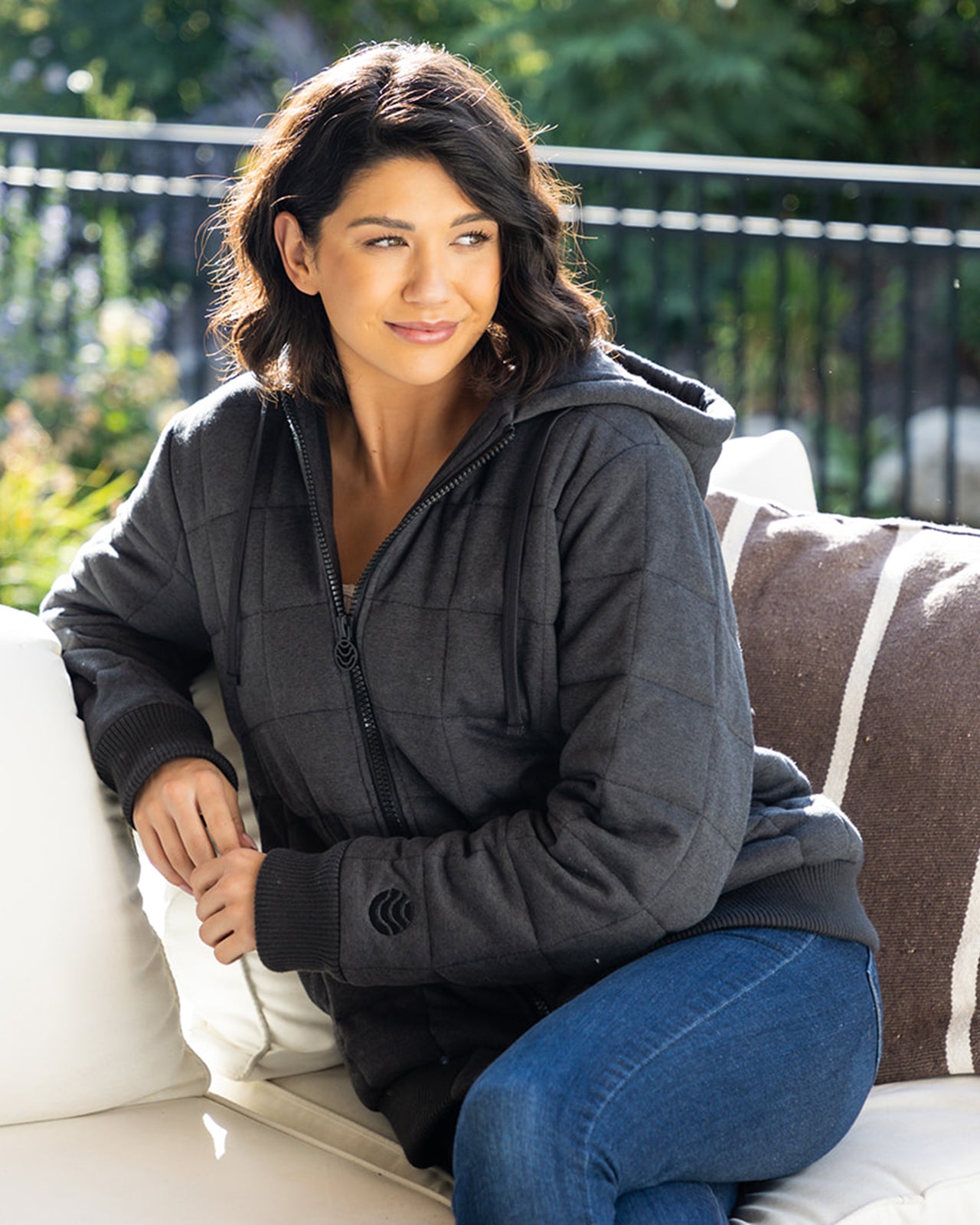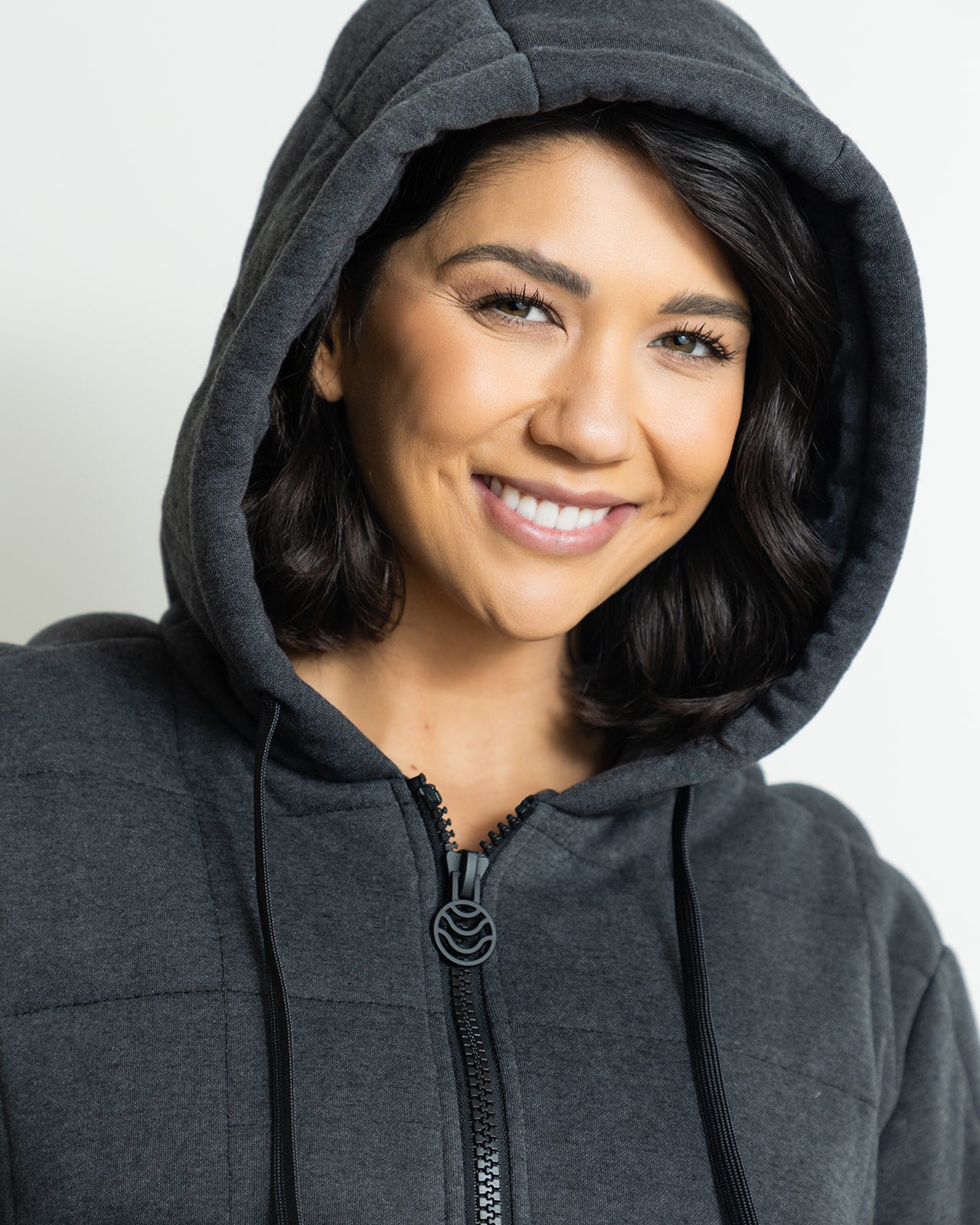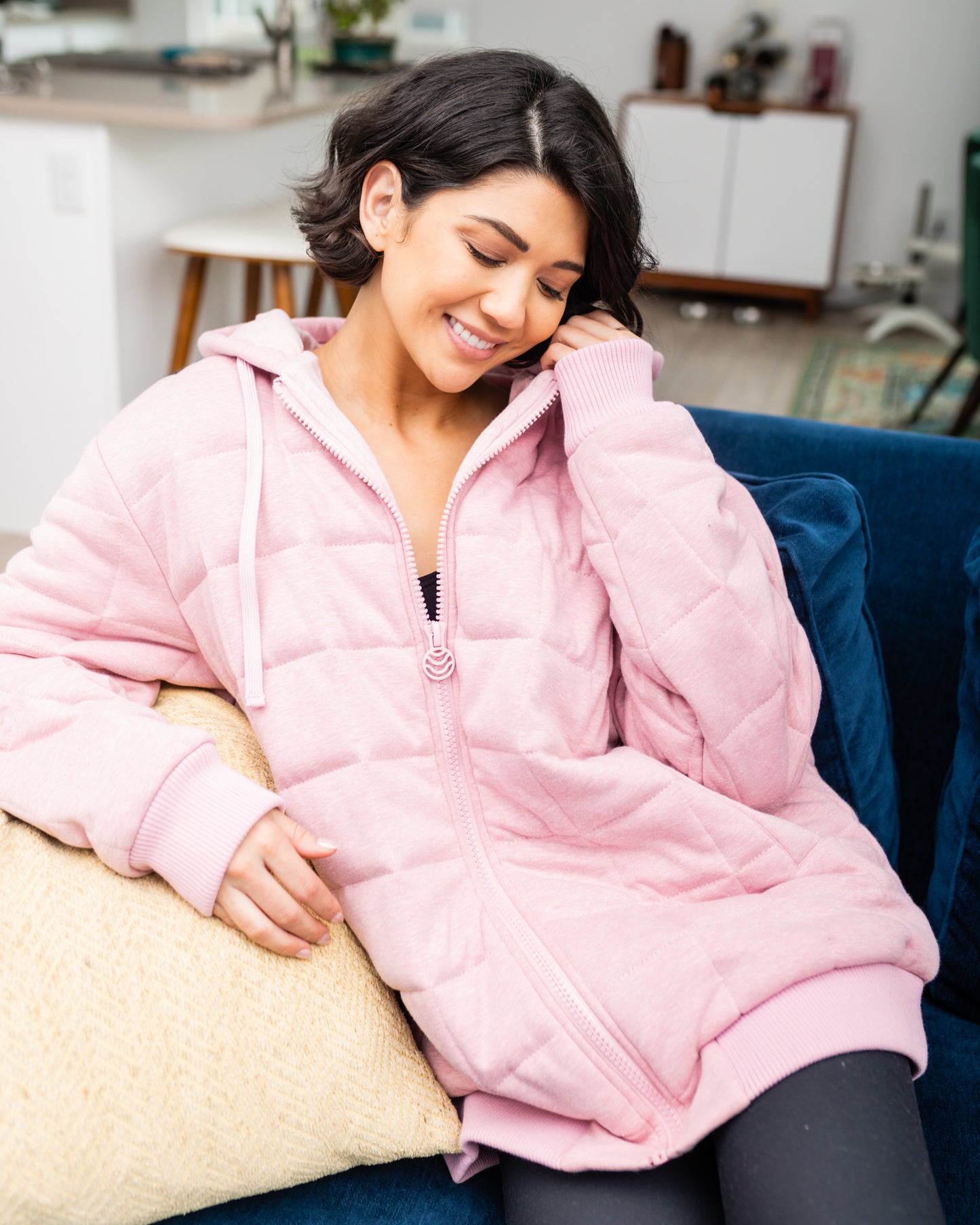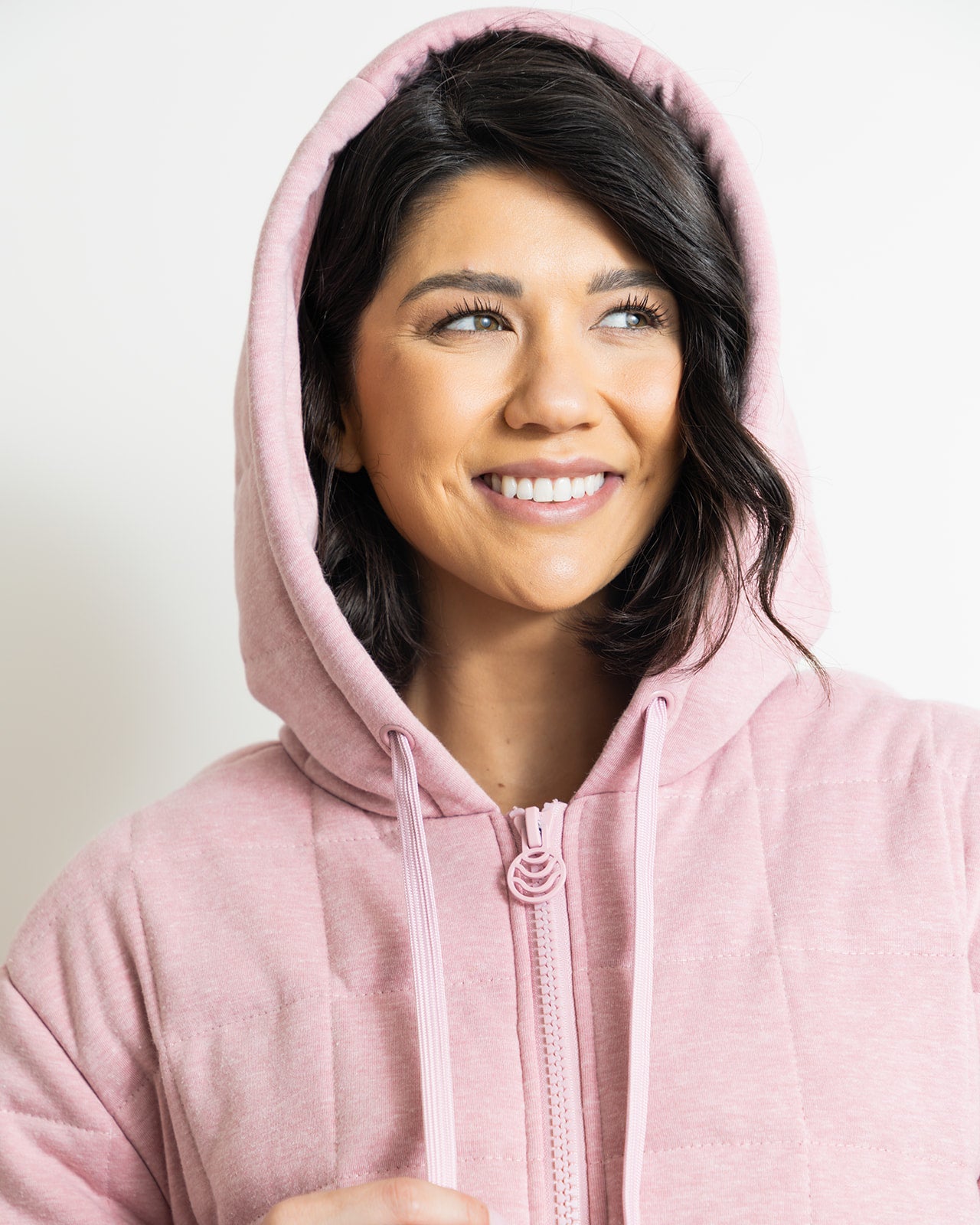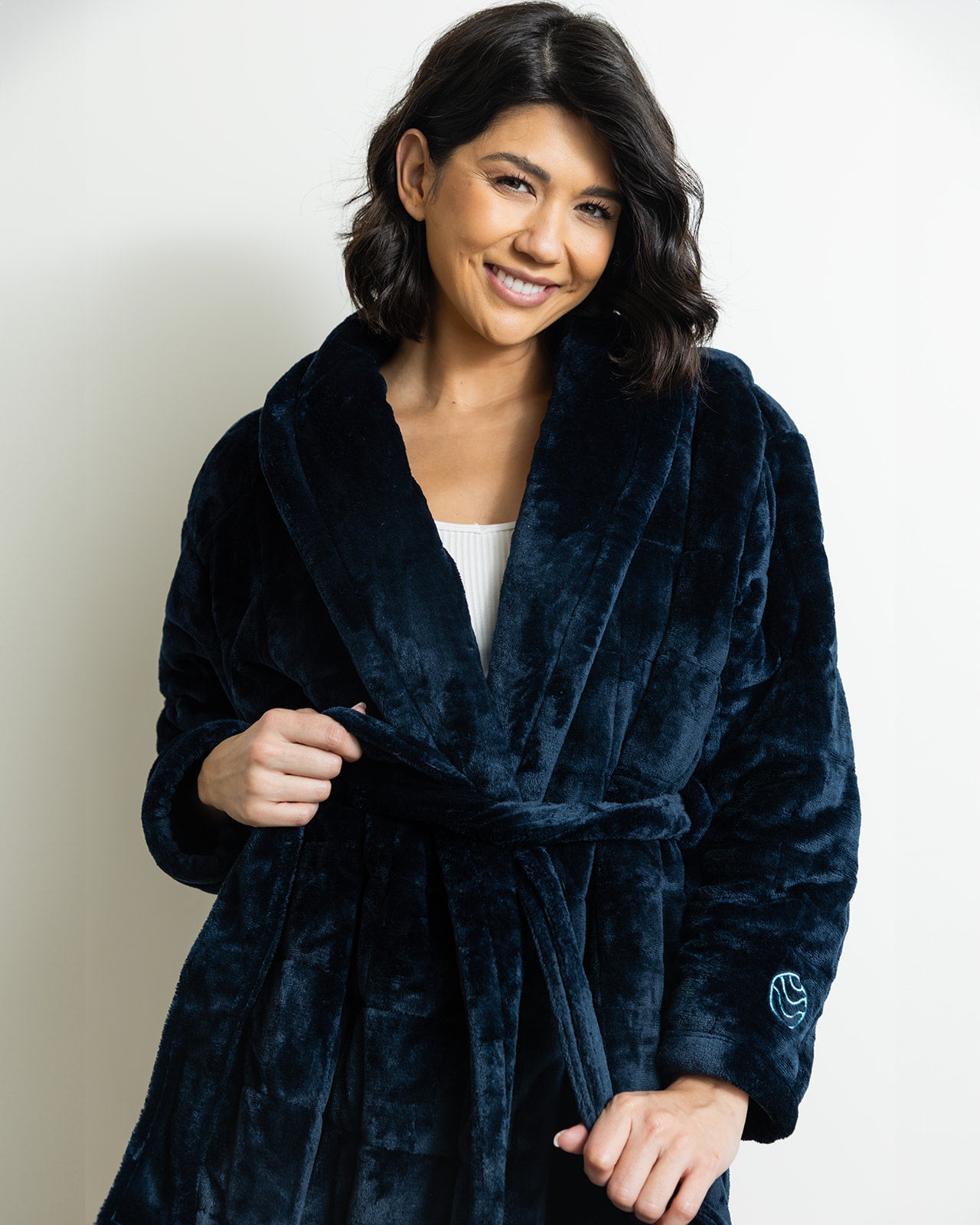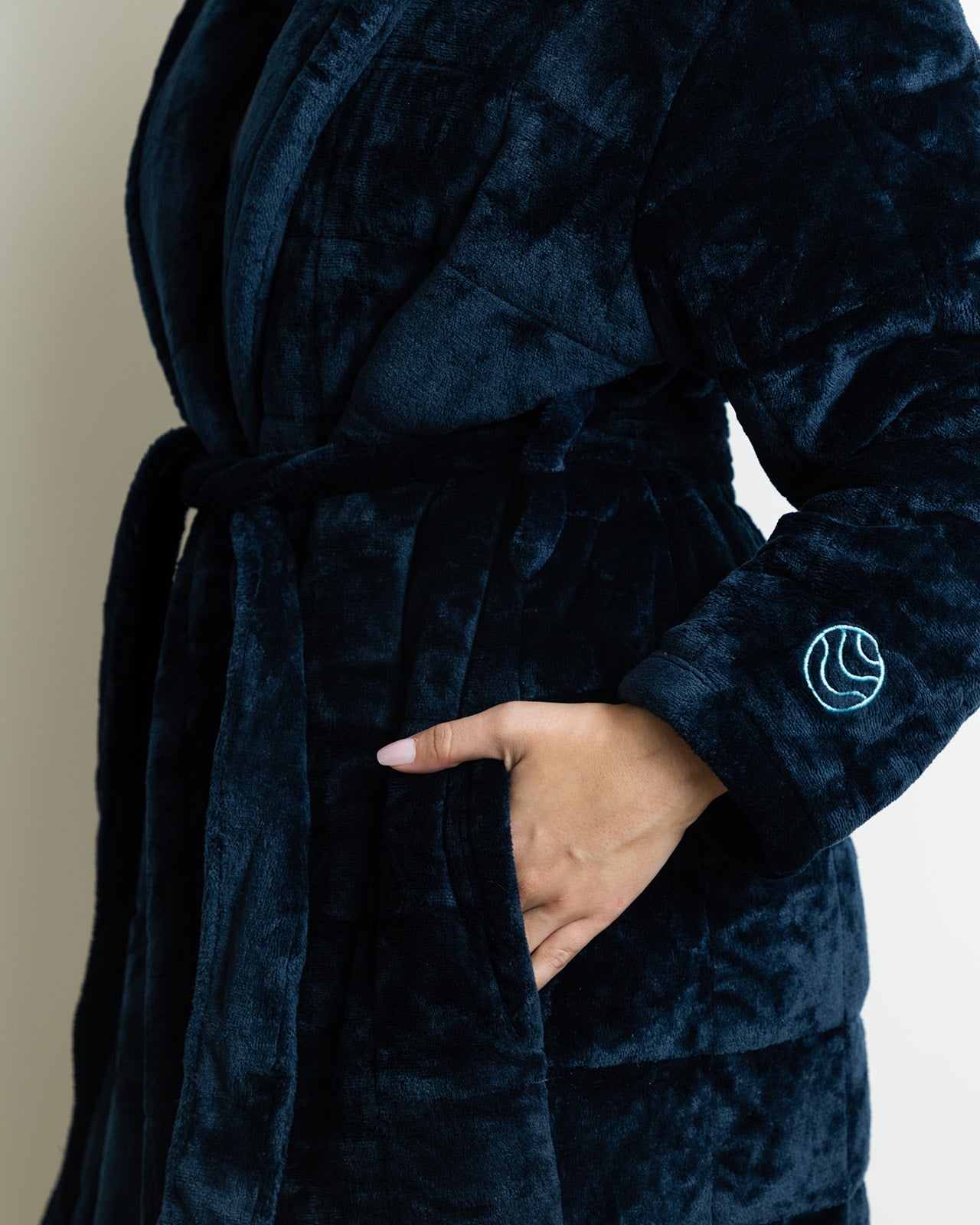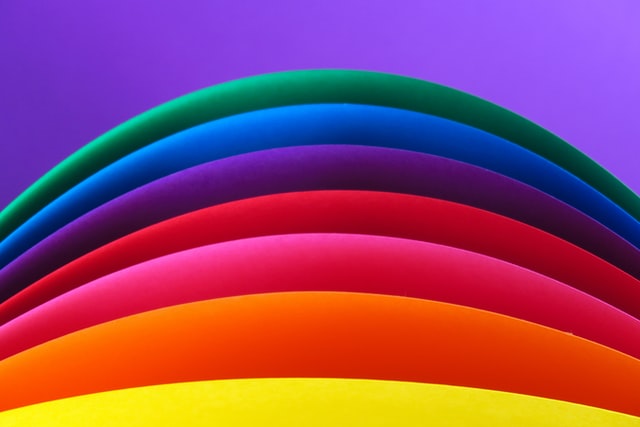
The psychology of color is based on the mental and emotional effects colors have on people that have the ability to see. Color psychology is subjective, as the way people feel about certain colors can differ based on interpretation, meaning, and perception from different cultures. Speaking generally, there are certain colors that tend to have overwhelmingly similar effects on people.
You may notice that certain places irritate you more than others. Or that certain places are more calming than others. Believe it or not, these places may come off as irritating or calming not because of the furniture or the lighting, but because of the color of the room. Our brain tends to sort colors into one of two categories: warm and cool colors. Warm colors can spark emotions ranging from comfort and warmth to hostility and anger. Cool colors can spark emotions ranging from calmness and tranquility to sadness.
Cool colors
Cool colors include green, blue, purple, and everything in between. Lighter shades of cool colors resulting in calming, serene, and peaceful surroundings. Regular and darker shades also encourage rest, creativity, imagination, and relaxation
Warm colors
Warm colors include the various shades of red, orange, and yellow. Brighter shades of warm colors can be risky, as they reflect more light than cool colors and can excessively stimulate a person’s eyes, leading to irritation. Warm colors typically encourage feelings of comfort, but can also evoke feelings of rage.
The following are colors and their typical emotional and mood relation:
- White: purity, innocence, neutrality
- Black: authority, power, evil
- Grey: neutral, practical
- Red: romance, warmth, energy, intensity
- Orange: energetic, enthusiastic, stimulation, change
- Yellow: happiness, optimism, cheery
- Green: natural, growth, envy, tranquility,
- Blue: serenity, cold, wisdom, loyalty
- Purple: sophistication, spiritual, mystery
- Brown: reliability, stability, sadness, security, organic
- Pink: love, gentle, agitation
So the next time that you are re-painting your room or you want to be more productive, make sure to remember which colors stimulate the feelings that you want to ex

